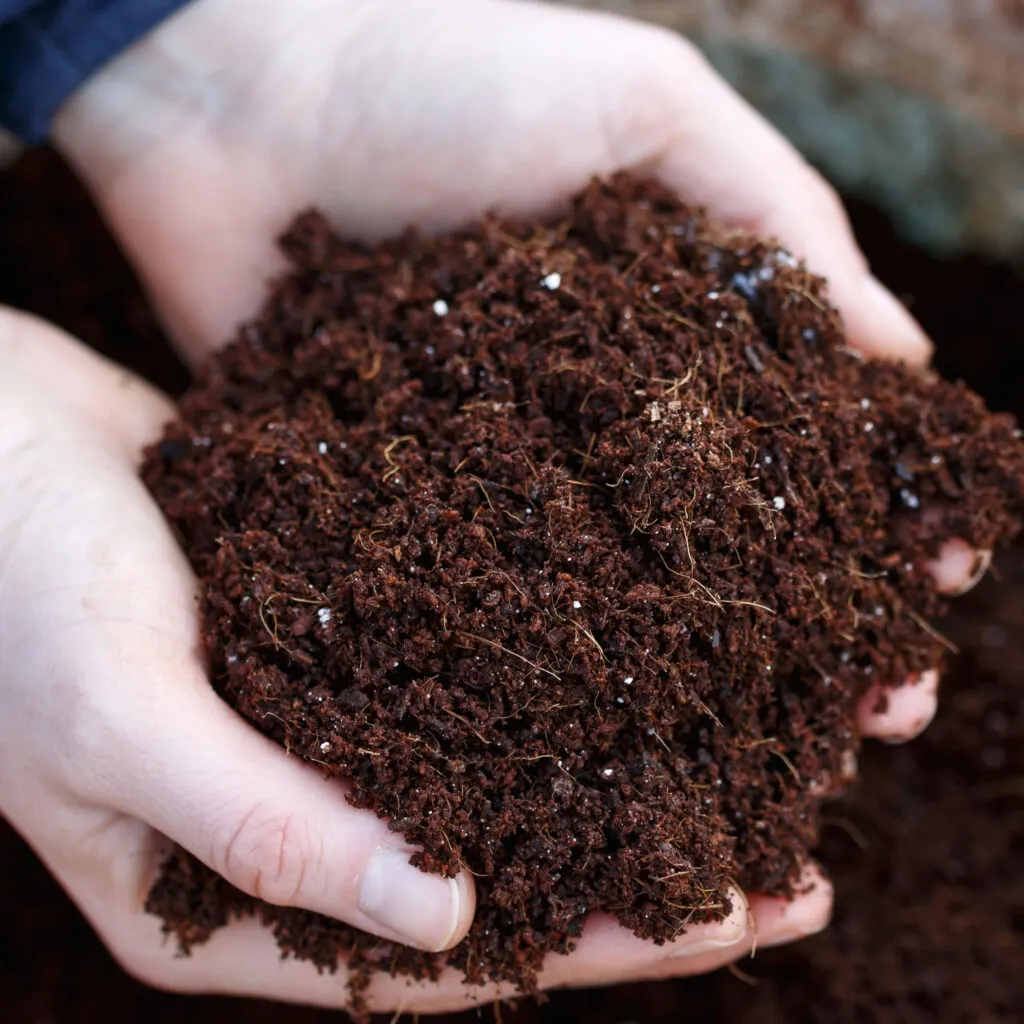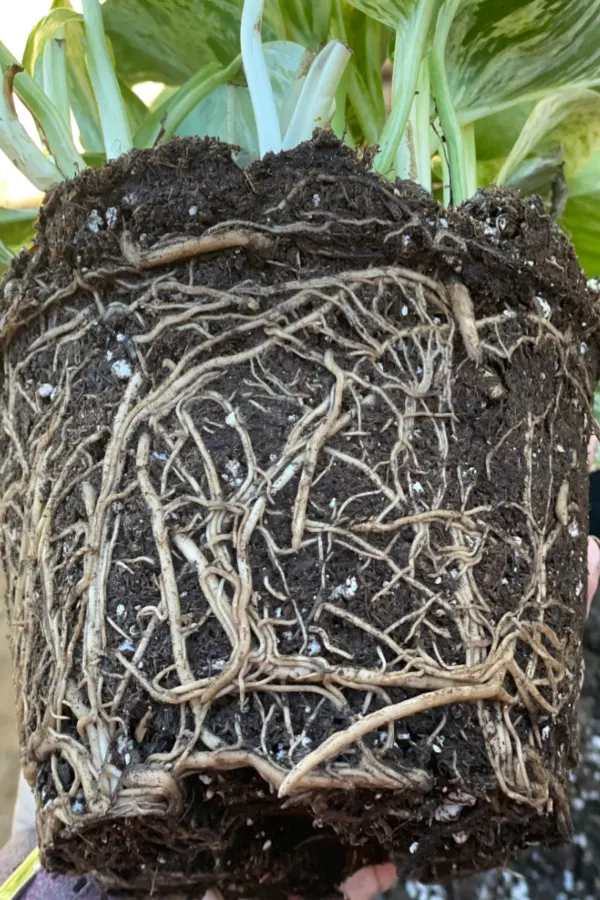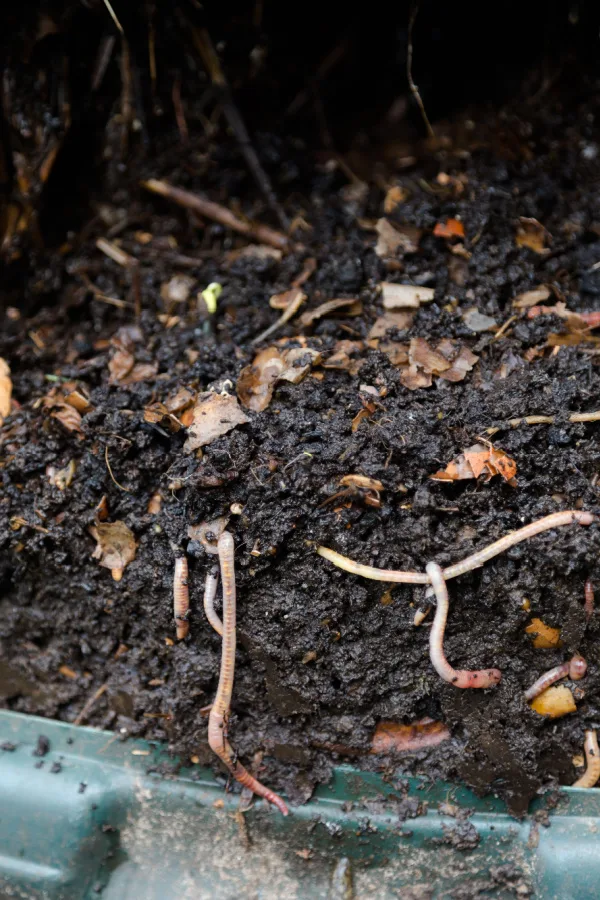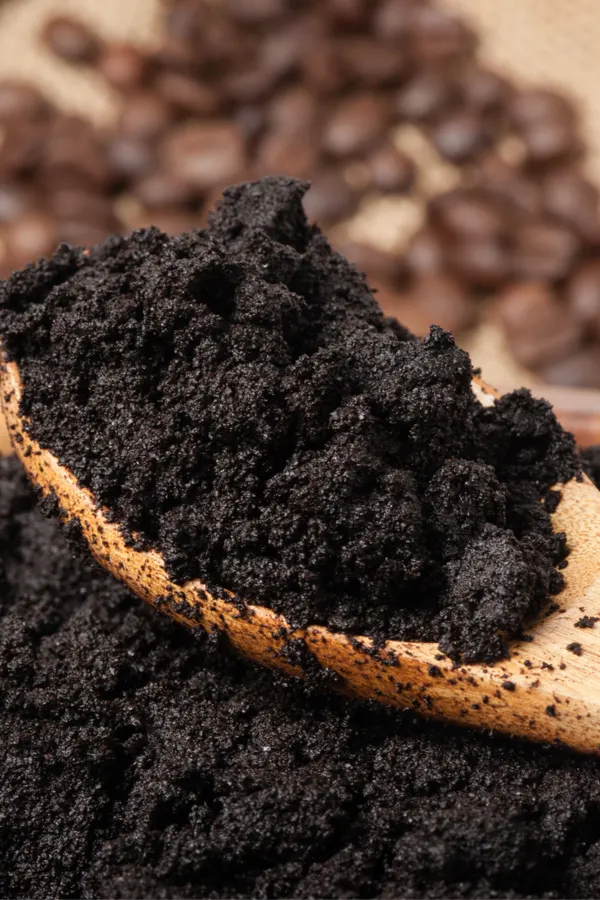Ad Blocker Detected
Our website is made possible by displaying online advertisements to our visitors. Please consider supporting us by disabling your ad blocker.
But here’s the silver lining – you don’t have to keep spending your hard-earned money on brand-new potting soil at the beginning of each gardening season. Especially when you realize how simple it is to salvage and rejuvenate that exhausted soil for reuse!
 Saving and reusing old potting soil can be a huge savings for your gardening budget!
Saving and reusing old potting soil can be a huge savings for your gardening budget!
Giving A Second Life To Old Potting Soil
As the season winds down, the soil in container plants typically dries up, becoming brittle and crumbly. Additionally, it tends to be interlaced with roots, often leading to complete root binding by late summer. In fact, at this stage, potted plants and containers can easily slip out of their pots with a gentle overturn.
Admittedly, by this point, most of the soil’s original nutrients have been depleted. However, it’s important to note that the old soil still holds significant value. With a bit of effort, it can be revitalized.
To begin with, aged potting soil is lightweight and rich in organic matter. Moreover, the remnants of plant roots woven throughout it carry substantial nutrient content, especially once they decompose.
The key to salvaging and reusing your old soil lies in replenishing its richness and fertility. Fortunately, there are a couple of straightforward, cost-effective methods to achieve this!
 At the end of the season, the soil in containers can be full of roots. But as those roots eventually break down, they can give life back to the soil.
At the end of the season, the soil in containers can be full of roots. But as those roots eventually break down, they can give life back to the soil.
Keeping this in mind, let’s explore two top-notch methods for repurposing and reusing the soil and foliage from your hanging baskets each autumn. This practice not only helps cut down on your springtime potting soil costs but also makes for a sustainable gardening approach!
How To Save & Reuse Old Potting Soil From Hanging Baskets & Containers
Create A Potting Soil Compost Pile – How To Recycle Hanging Basket Soil
One of the simplest and most effective approaches to preserving, revitalizing, and reusing old potting soil is to establish a dedicated potting soil compost pile. This differs from incorporating the old soil into an existing pile; instead, it involves creating a new pile exclusively for your aged potting soil.
As outlined below, this method enables you to introduce easily decomposable materials to the pile in late autumn, throughout winter, and into early spring. These materials work to rejuvenate the old soil, infusing it with vitality for the upcoming spring planting season.
For those who cultivate a considerable number of container plants annually, this method proves to be ideal. Not only does it provide a centralized location to clear out all your plants at the close of the growing season, but it also grants you convenient access to prepped potting soil the following spring.
 You can create a potting soil compost bin from a large trash can or even in a corner of your garden.
You can create a potting soil compost bin from a large trash can or even in a corner of your garden.
How To Create A Potting Soil Compost Pile – How To Save & Reuse Potting Soil
You can set up a soil rejuvenation container just about anywhere and use various items for this purpose. It could be in a garden corner, an old wheelbarrow, a 55-gallon drum, or even a dedicated compost bin. The essential factor is choosing a location with enough space to accommodate all your old soil along with some additional materials.
To create your soil replenishment pile, start by transferring all the old soil from your pots and hanging baskets, including the roots. Be sure to chop up the roots as you add them; this is crucial for accelerating the decomposition of tough root material.
Next, finely chop up all the plant foliage that was in the containers. The foliage carries significant value as it decomposes, so aim to cut it into small pieces to expedite the breakdown process.
One of the quickest and simplest methods to achieve this is by running over the foliage with a push mower. It rapidly reduces the foliage to a fraction of its original size within seconds. If you happen to have a bagging attachment for your mower, you can effortlessly transfer the chopped foliage directly into your pile!
Recharging The Soil – How To Save & Reuse Potting Soil
Now, let’s introduce some additional composting elements that will swiftly decompose and invigorate the soil. This roster includes green grass clippings, finely shredded leaves, coffee grounds, and chopped vegetable peels. Remember, it’s crucial to use materials that are well-shredded and small, as they break down more rapidly.
Incorporate these materials into the pile as frequently as possible, up until late autumn. When determining how much to add, a good guideline is to aim for roughly doubling the size of the existing soil mass. Be sure to mix as you go; this helps generate heat and accelerates the breakdown of new materials.
By concluding this process in late fall, you afford ample time for the new materials to fully decompose and revitalize the soil. Throughout winter, you can continue incorporating coffee grounds into your potting soil heap. Not only are they packed with nutrients, but they also require minimal additional time to break down.
As spring emerges, to complete the soil rejuvenation, blend in a small amount of fresh potting soil along with worm castings. These additions will elevate the soil’s fertility, ensuring your plants thrive better than ever before. Affiliate Product Link: Pure Worm Castings
 Coffee grounds are great for recharging old potting soil. They are full of trace nutrients and nitrogen and mix in well with old soil.
Coffee grounds are great for recharging old potting soil. They are full of trace nutrients and nitrogen and mix in well with old soil.
When it comes to quantities, a practical guideline is to incorporate 1 cup of worm castings and 3 cups of fresh potting soil for every 15 to 20 cups of old potting soil. With this simple mix, you’ll be all set to cultivate your plants in revitalized, thriving soil. Plus, you’ll achieve this at a fraction of the usual expense!

